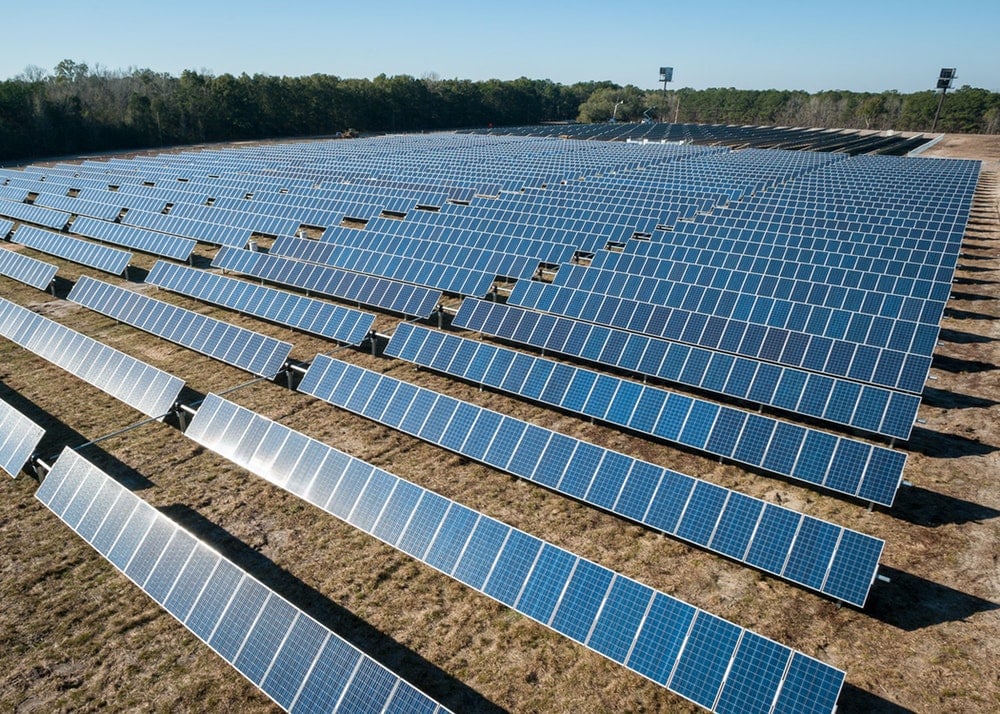A 40-year-old U.S. statute designed to encourage energy diversity and conservation helped drive 2 gigawatts of solar capacity in 2017, representing just under half of all new utility-scale solar projects added to the grid that year, according to a report from the U.S. Energy Information Administration. Over the last decade the federal mandate, called the Public Utility Regulatory Policies Act, or PURPA, was credited with spurring nearly one-third of solar photovoltaic capacity. The number of solar projects that qualify under the statute for favorable rates, known as qualifying facilities, have jumped as capital costs have dropped below the so-called avoided cost, or the threshold at which utilities must buy output from the generators. North Carolina leads the nation with 2.9 gigawatts of solar capacity added under the program since 2008. Although PURPA is a federal law, it is interpreted differently across states, which have authority to set how much a utility is obligated to pay for the output of qualifying facilities and determine the capacity threshold.






